A low-calorie and high-fiber vegan gelling agent, kanten is a flavorless seaweed used in traditional Japanese desserts and added to seaweed salads.
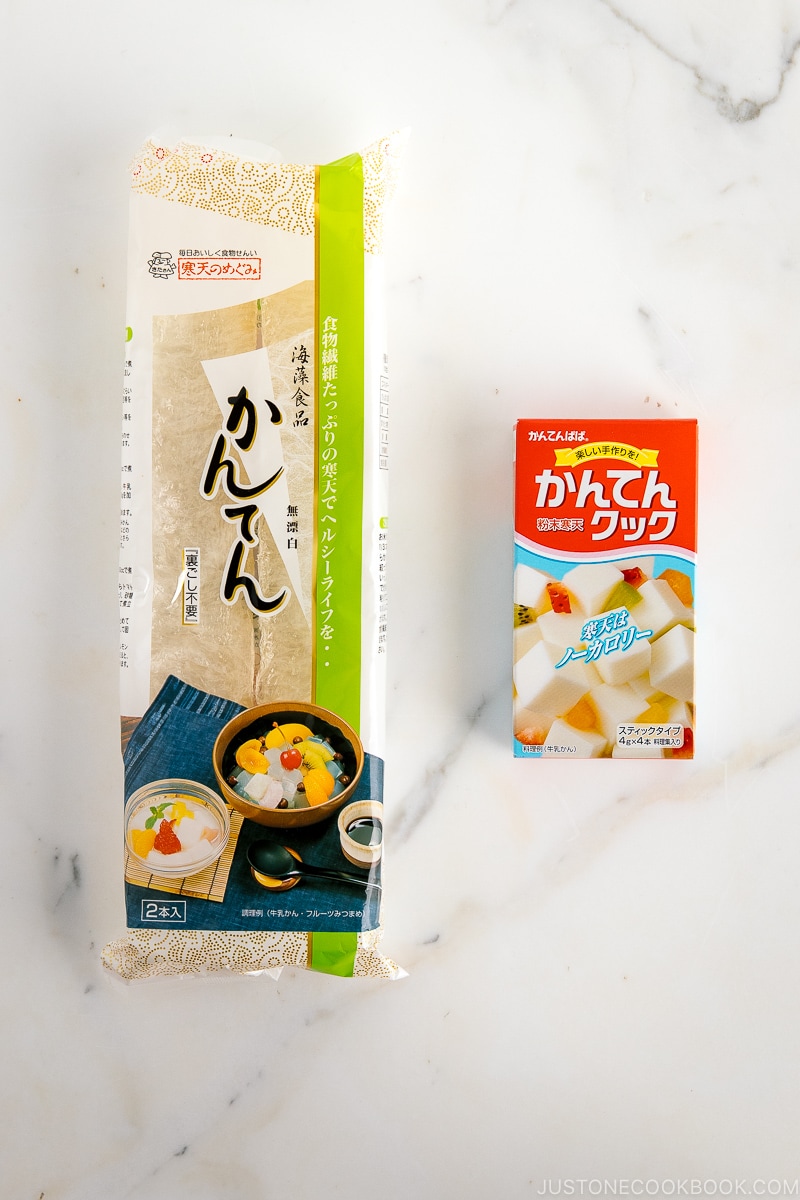
Kanten (寒天) is a semi-translucent firming agent obtained from algae. It is high in dietary fiber, calcium, iron, and natural iodine and will retain its firm shape at room temperature. It’s a great alternative to traditional gelatin and is appropriate for vegetarians/vegans.
Table of contents
What Is Kanten
Resembling white spongy sticks, i is an indispensable ingredient in wagashi, such as mizu yokan, kanten jelly, orange jelly, tokoroten (ところてん), and kingyoku kan (錦玉羹).
It’s made by harvesting red seaweed, boiling, hardening, and sun-drying. This process takes place during the dry winter season between December to February.
It was first discovered in 1658 by Minoya Tarozaemon (美濃屋 太郎左衛門) in Japan (source). The story goes that when he was about to discard leftover seaweed soup one winter night, he noticed it had gelled and dried up. When he reconstituted it, this strange food lacked the seaweed flavor or odor. He shared this with a Buddhist monk, who thought it could be used as an ingredient in temple food. It was named “kanten” (寒天, “winter heaven”).
You can also eat it in seaweed salad or break it up into pieces and cook it with rice for an additional boost of nutrients and to relieve constipation.
Varieties Of Kanten
There are four types:
- Kanten powder (粉寒天)
- Evenly melts in water, easiest for beginners
- Kanten stick (棒寒天・角寒天)
- The usual form; needs to be soaked in water, boiled, and strained before use
- Kanten thread (糸寒天)
- Choppe sticks; needs to be soaked in water, boiled, and strained before use
- Kanten flakes (フレーク寒天)
- Used in high-end wagashi
What Does It Taste Like
It’s flavorless and doesn’t have a salty flavor like other types of seaweed. Thus, it won’t alter the taste of other ingredients.
Difference Between Kanten And Agar
The Japanese consider agar-agar and kanten different ingredients because they come from different algae. However, the two terms are often used interchangeably in recipes (especially abroad). The difference is not noticeable, so you can substitute it without a problem.
- Kanten: made of Gelidiales, red edible seaweed (tengusa, テングサ・オゴノリ).
- Semi-translucent and firm with less jiggle.
- Agar: made of Carrageenan, which is extracted from red edible seaweed (スギノリ・ツノマタ).
- The word comes from “agar-agar,” the Malay/Indonesian name for red algae.
- It is clear with a soft, smooth texture. It’s used for all types of jellies, puddings, and custards.
Why Do We Use Kanten Over Gelatin?
It has several advantages over gelatin.
- It’s a natural vegetable gelatin (gelatin is derived from animal bones)
- It’s suitable for vegetarian/vegan diets
- It sets more firmly than gelatin and sets at room temperature
- Unlike gelatin, it can stay in the jelly form at a warmer temperature
- Great for dieting as it makes you feel full
How To Use
To learn how to make kanten jelly, please follow this recipe.
If you use kanten sticks, rinse carefully and break them into pieces to soak in water for 30 minutes. This step will help dissolve it faster. Squeeze the water out from the pieces, and they are ready to use.
Watch How to Make Agar Agar
Kanten Recipes
Where To Buy
You can find it in Japanese grocery stores and most Asian grocery stores. Also, find it online at Japanese supermarket online stores Mitsuwa or Marukai.
Health Benefits
It is low in calories, high in dietary fiber, and serves as a vegan and gluten-free alternative to gelatin. Kanten promotes digestive health, aids in weight management by increasing satiety and reducing calorie intake, helps stabilize blood sugar levels, and contributes to hydration. It is also easy to digest, suitable for sensitive stomachs, and contains minimal fats and cholesterol.
Wish to learn more about Japanese cooking? Sign up for our free newsletter to receive cooking tips & recipe updates! And stay in touch with me on Facebook, Pinterest, YouTube, and Instagram.
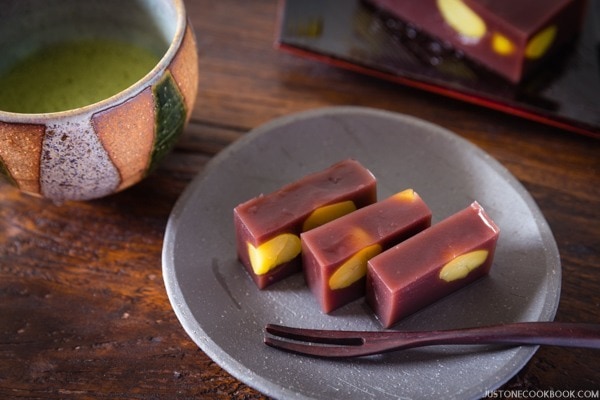
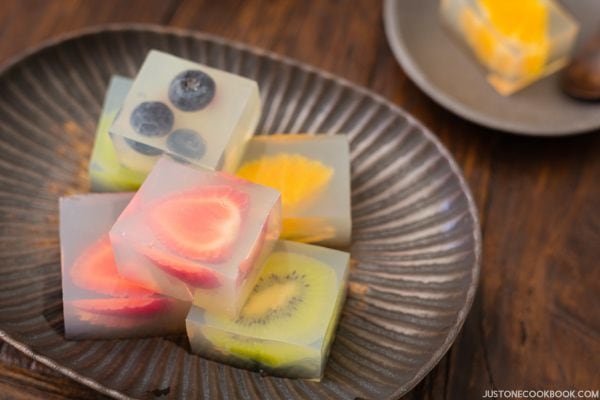
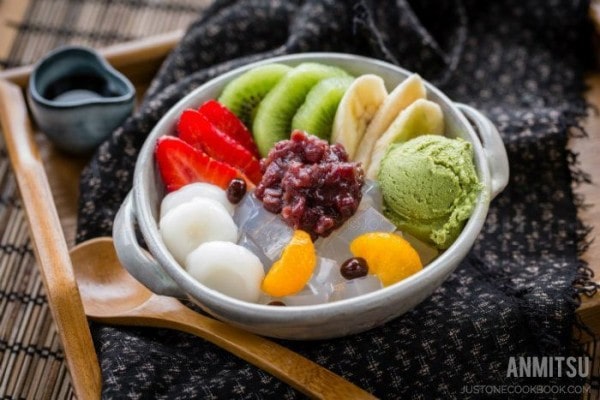
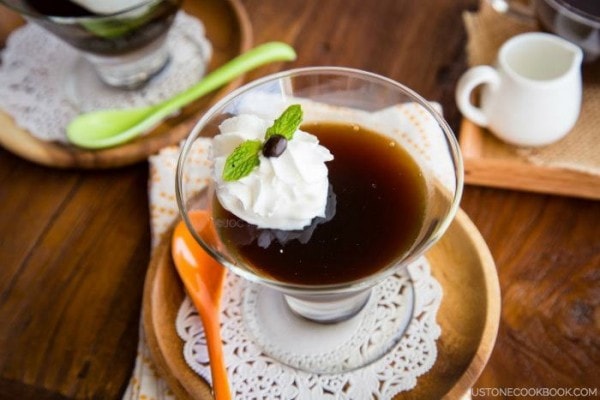

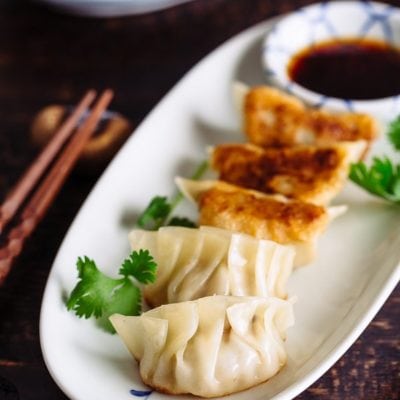
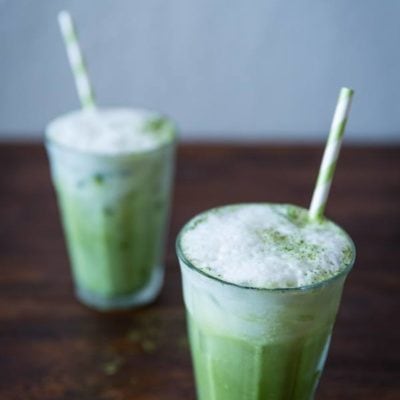

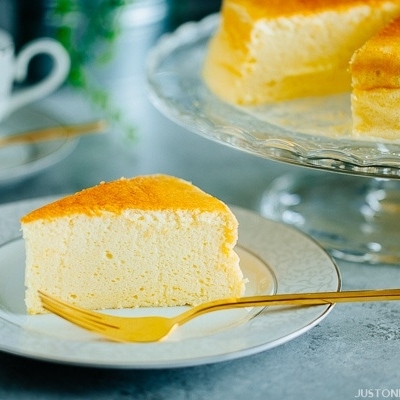
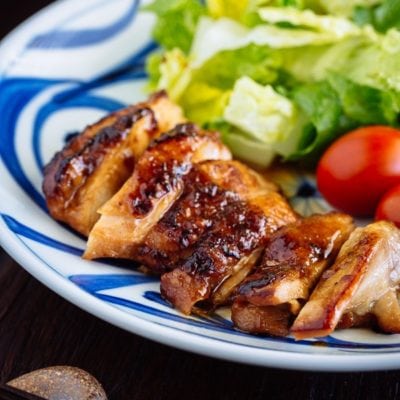
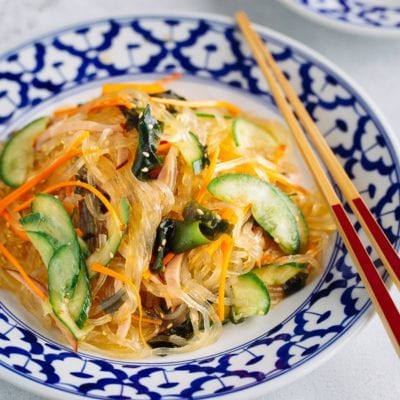
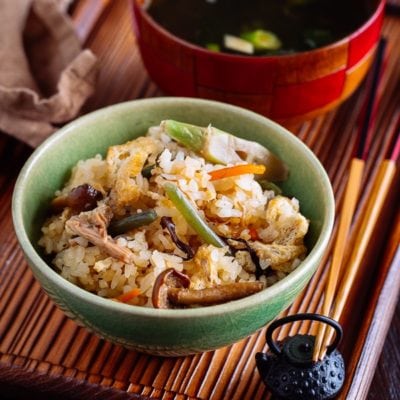
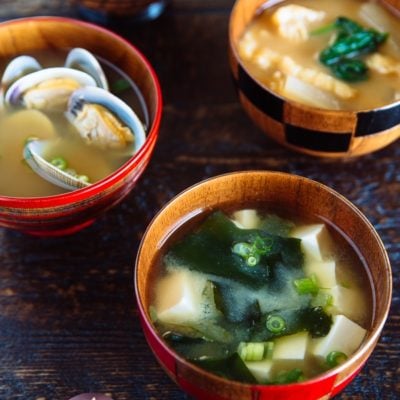

[…] (Jelly)寒天 (Agar […]